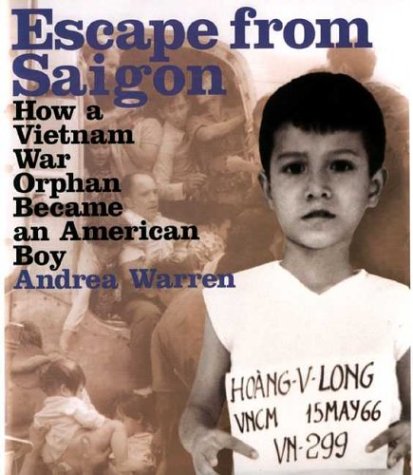“.....קודם כל היה לי את ההיזדמנות להכיר את הסיפור מקרוב.....
.....בשנת 1975 כבר לא חיפשנו את מי יש להרוג שם חיפשנו את מי אפשר להציל שם..... וכך נולד המיבצע שקראנו לו
.....Operation Babylift.....
This is the true story, told in narrative form, of
the adoption of a young boy from Vietnam during Operation Babylift in 1975. When the US withdrew from Vietnam, hundreds of babies and children we”







